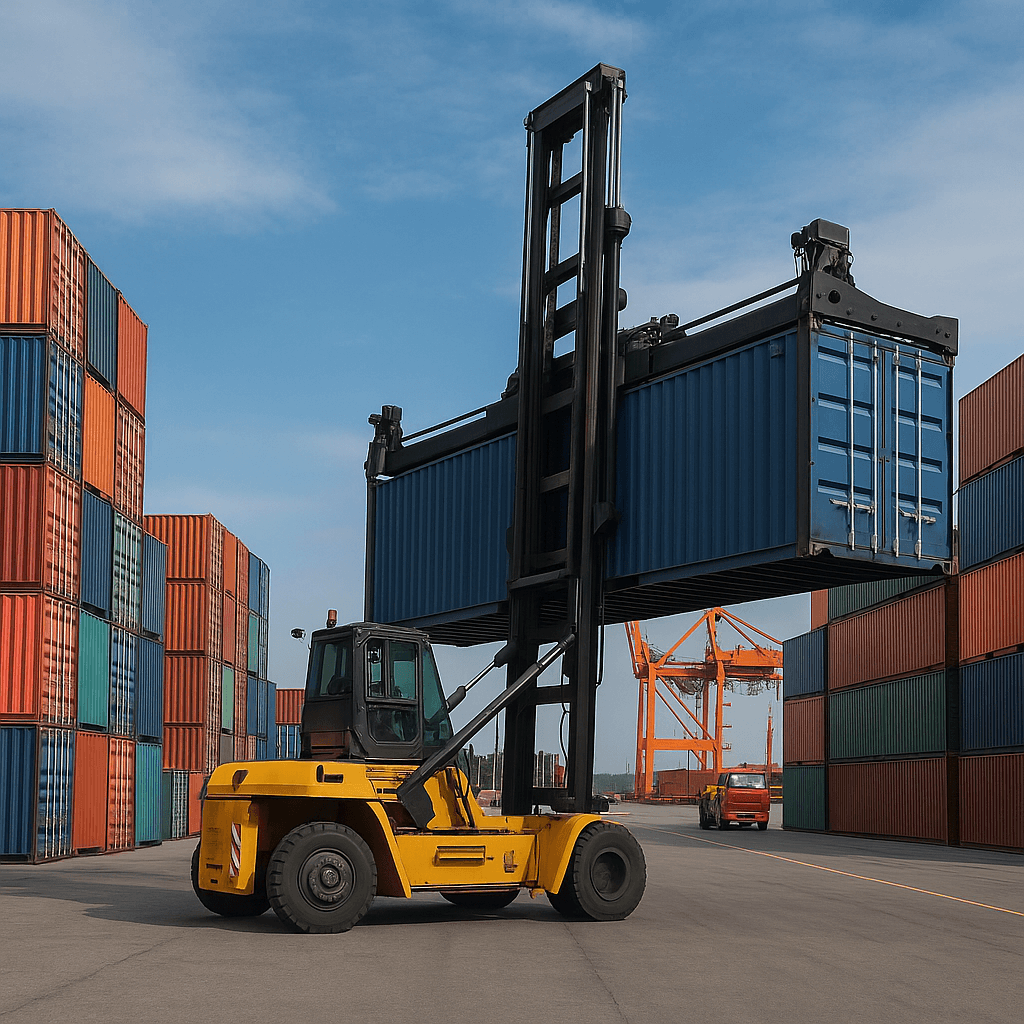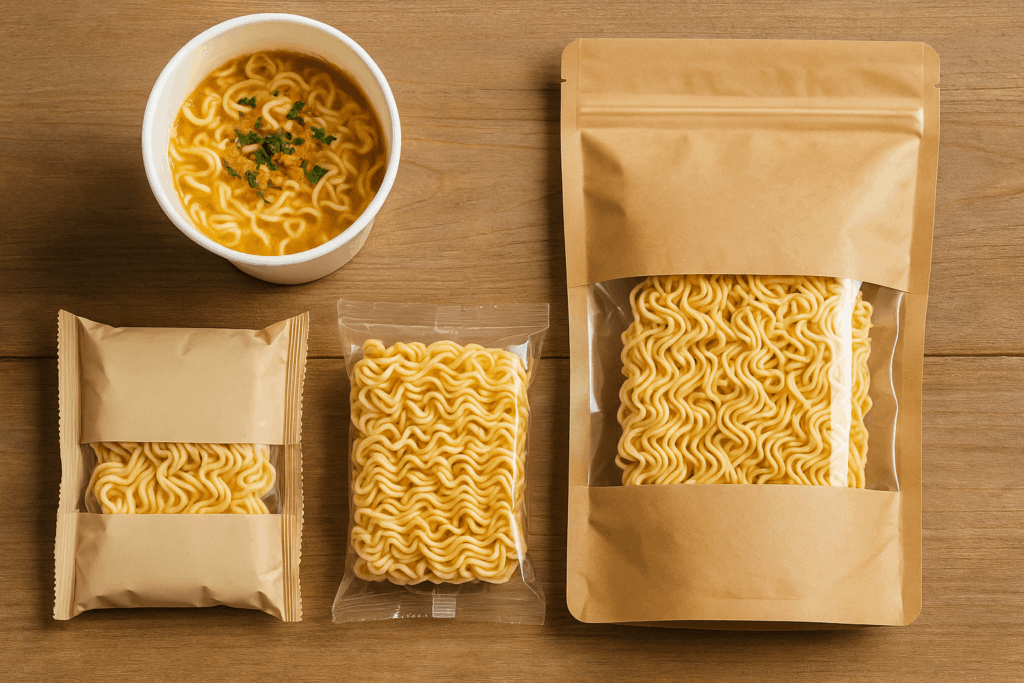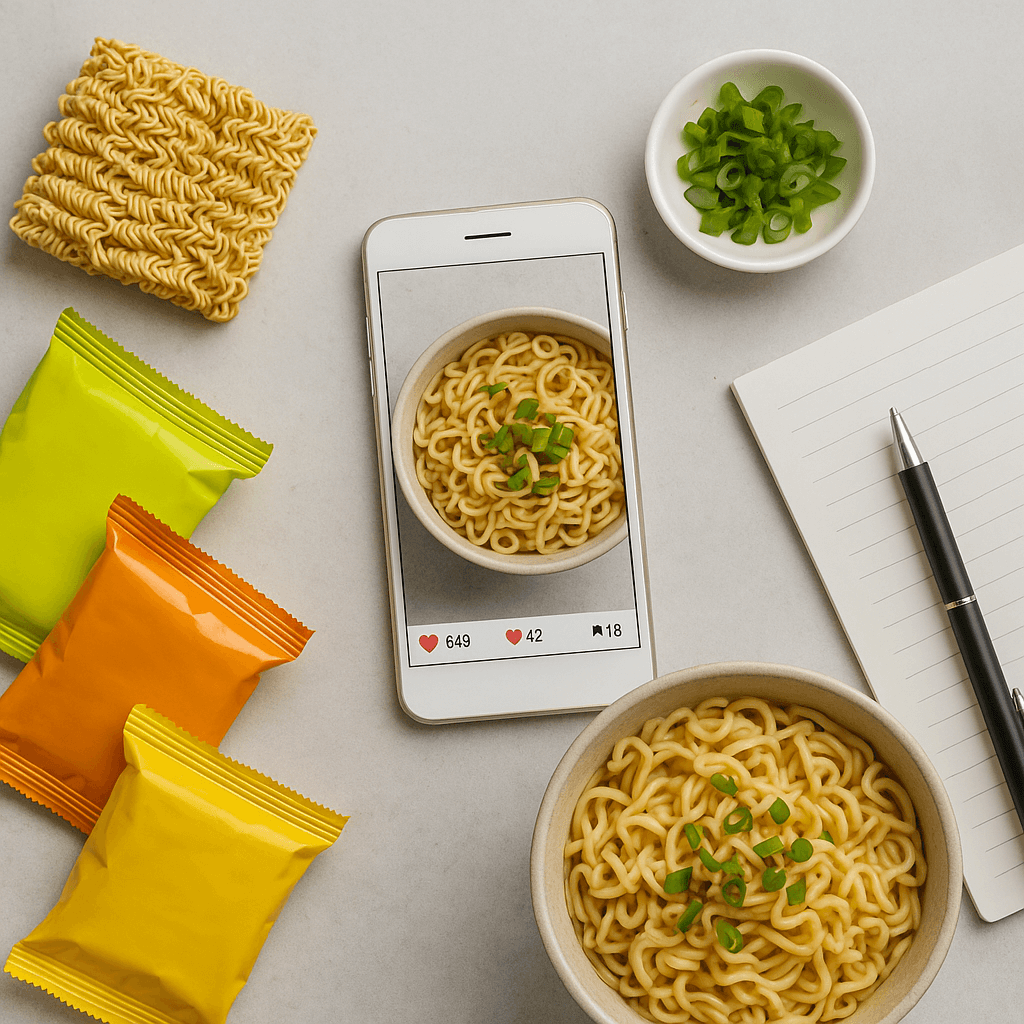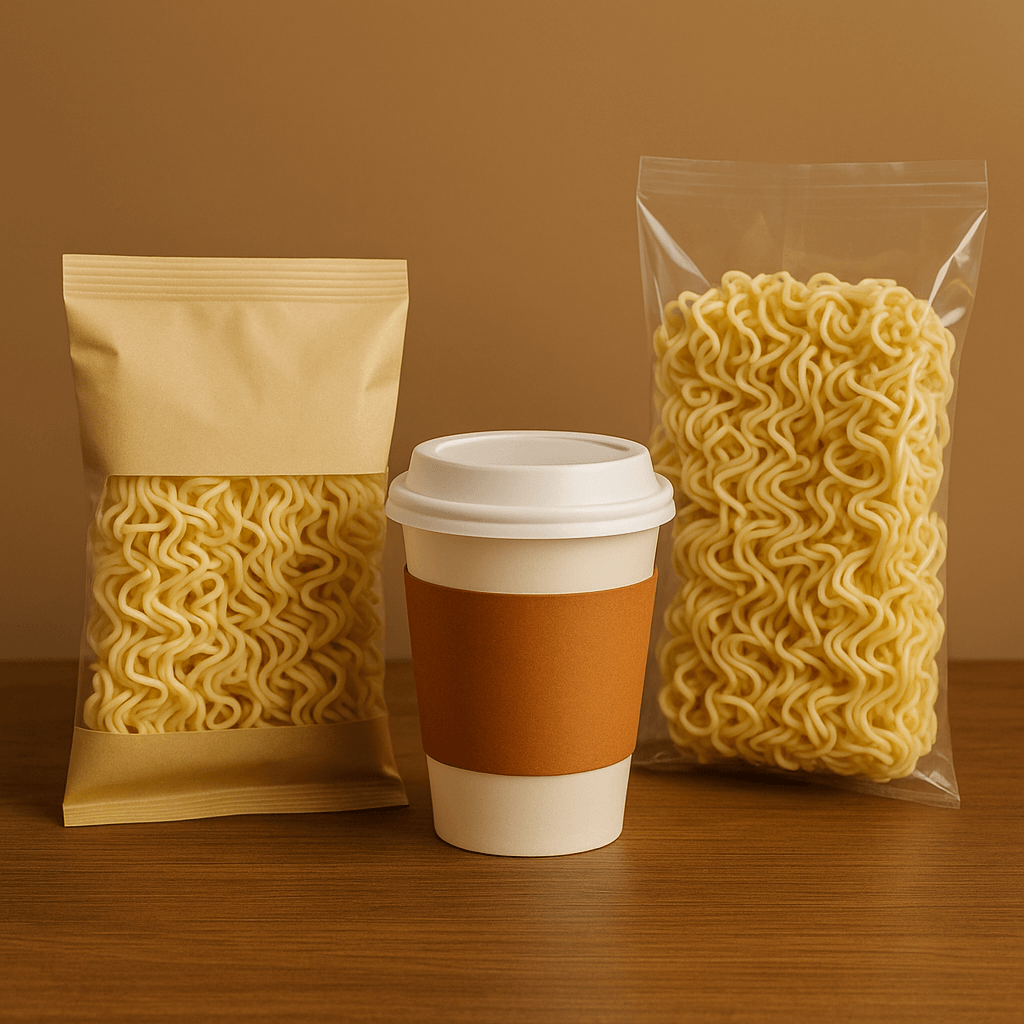Why Distributors Are the Gateway to SEA Retail Success
Southeast Asia (SEA) is one of the most fragmented and opportunity-rich regions for instant noodle brands. But to scale effectively, you need more than a good product — you need local distributors who understand retail, regulations, and consumer taste.
At Kimdee, we help food brands work with established ASEAN distributors for private label and OEM launches. Here’s how to approach this strategically.
1. Understand the Role of Distributors in SEA
In most SEA markets, distributors do more than logistics:
Secure shelf space in supermarkets, minimarts, and eCommerce
Handle import registration and customs clearance
Manage retail pricing and promo campaigns
Collect market feedback from buyers
📍 Each country has different systems. For example:
🇮🇩 Indonesia requires BPOM registration before import.
🇲🇾 Malaysia favors Halal-certified SKUs.
2. Align Your Product to Market Needs Before Pitching
Distributors only take on products that match:
Local taste profiles (e.g., sambal, laksa, tom yum)
Price brackets that match retail expectations
Retail-ready packaging with local language + barcode
Certifications like Halal or HACCP
💡 Kimdee offers flavor localization, Halal compliance, and QR-coded packaging as part of OEM setup.
3. How to Find the Right Distributor
Here are sources to start:
Local food expos (e.g., THAIFEX, MIHAS, SIAL ASEAN)
Business directories like ASEAN Access
LinkedIn searches by product category
Market consultants or chambers of commerce (HK-ASEAN, EU-ASEAN)
Prioritize distributors with experience in retail channel management, not just import.
4. What to Prepare Before Reaching Out
You must be pitch-ready with:
Product catalog (multi-language)
Export MOQ & pricing sheet
Packaging mockups with SEA-compliant labeling
Product certifications (PDF format)
Company profile or OEM landing page
✅ Kimdee supports brands in developing distributor-ready materials.
5. Start With a Trial or City-Level Rollout
Don’t aim for nationwide launch first. Instead:
Start with 1–2 SKUs
Offer CIF pricing with a 10,000–20,000 unit MOQ
Localize flavor and pack size for test market
Measure sell-through rate before expansion
🧪 We help clients pilot their SKUs with SEA distributors and optimize packaging after feedback.
Want to Launch in Southeast Asia Through Distributors?
Kimdee connects food brands with SEA distributors and handles full OEM production — from flavor to freight, from documents to deals.
📩 Email: carlng@kimdeefoods.com
🔗 Learn more: Kimdee OEM Services
FAQ
Q1: Can Kimdee introduce me to SEA food distributors?
Yes, we have working relationships with importers and retail channel managers across Thailand, Malaysia, Singapore, and Vietnam.
Q2: What’s the ideal MOQ for starting with a distributor?
We recommend 10,000 to 20,000 units per SKU for initial testing.
Q3: Do I need to register my product in each SEA country?
Yes. We assist with regulatory steps like BPOM (Indonesia), Halal (Malaysia), and FDA (Philippines).
Q4: Can I sell on Shopee or Lazada without a distributor?
Technically yes, but distributor partnership improves fulfillment speed, trust, and shelf access.





